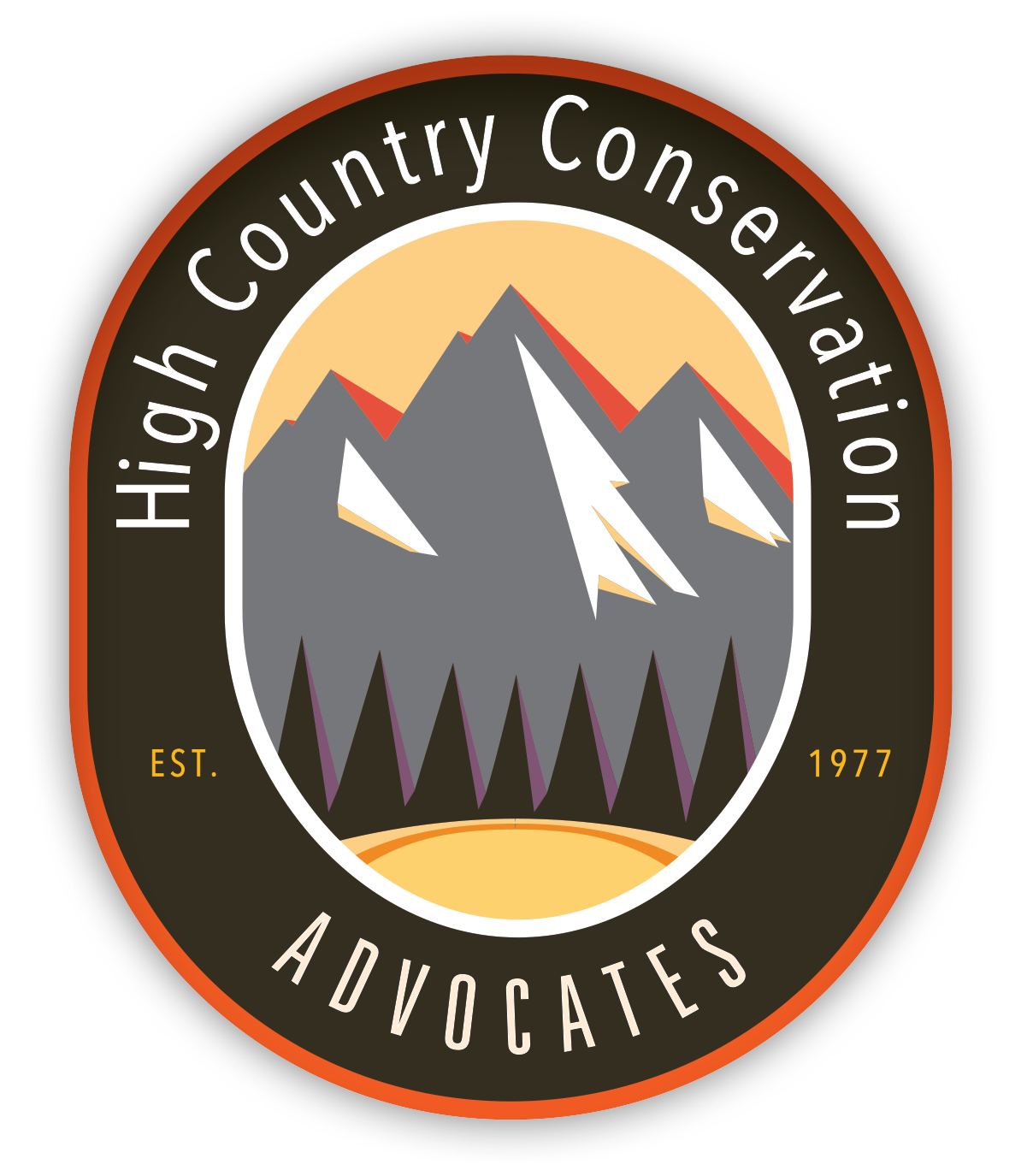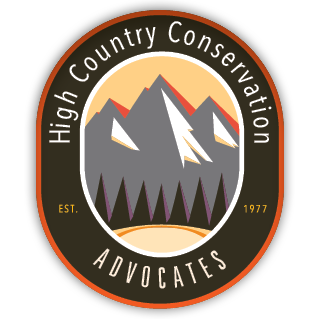Highlighting Important Environmental Decisions: The Endangered Species Act and Tennessee Valley Authority v. Hill
As displayed in the dramatic case of Tennessee Valley Authority v. Hill, the Endangered Species Act (ESA) of 1973 is a landmark piece of legislation that provides expansive protection for species at risk of extinction. [1] The ESA gives the Secretary of the Interior the authority to declare a species endangered or threatened and to identify critical habitat for listed species. [2] The U.S. Fish and Wildlife Service (FWS) and the U.S. National Oceanic and Atmospheric Administration (NOAA) Fisheries Service implement the ESA. [3] The FWS maintains a worldwide list of endangered and threatened species, and both the FWS and NOAA Fisheries Service work with federal agencies to ensure that their actions do not jeopardize the continued existence of any listed species or result in the destruction or adverse modification of the listed species’ critical habitats. [4]
One early test of the ESA was the case of Tennessee Valley Authority v. Hill. [5] Displaying its willingness to enforce the ESA, the U.S. Supreme Court held that completing a dam would violate the ESA because it would destroy the only habitat of a fish listed as endangered under the ESA. [6] Although this dam was almost complete and millions of dollars had been spent on it, the court barred the completion of the dam. [7] In making this decision, the Court stated that endangered species are to be given the utmost protection, and stopping their extinction should occur at any cost under the ESA. [8]
As a result of this case, Congress amended the ESA and created the “God Committee” to consider economic implications and grant exemptions. [9] Despite this, the ESA has been extremelyeffective—99% of the listed species have avoided extinction. [10] It has also given conservation groups a way to protect and advocate for endangered and threatened species such as sea turtles, wild salmon, the northern spotted owl, and more. [11]
Locally, there are several threatened and endangered species, including the Canada Lynx, the Uncompahgre Fritillary Butterfly, and birds such as the Gunnison Sage-Grouse, Mexican Spotted Owl, and the Yellow-Billed Cuckoo. [12] Additionally, threatened and endangered plants and fish such as the Uinta Basin Hookless Cactus, Bonytail, Colorado Pikeminnow, Humpback Chub, and Razorback Sucker can be found in and around Gunnison County. [13]
—
1 Tennessee Valley Auth. v. Hill, 473 U.S. 153, 184 (1978); Quimbee, https://www.quimbee.com/cases/tennessee-valley-authority-v-hill.
2 The Endangered Species Act, 16 U.S.C. § 1533(a)(1) (1973); Tennessee Valley Auth., 473 U.S. at 159.
3 EPA, “Summary of the Endangered Species Act,” https://www.epa.gov/laws-regulations/summary-endangered-species-act.
4 Id.
5 Tennessee Valley Auth., 473 U.S. at 184.
6 Tennessee Valley Auth., 473 U.S. at 172; Department of Justice, “Tennessee Valley Authority v. Hill,”
https://www.justice.gov/enrd/tennessee-valley-authority-v-hill.
7 Tennessee Valley Auth., 473 U.S. at 172.
8 Id. at 174, 184.
9 Department of Justice, “Tennessee Valley Authority v. Hill,” https://www.justice.gov/enrd/tennessee-valley-authority-v-hill.
10 Worldwide Fund for Nature, “The US Endangered Species Act,” https://www.worldwildlife.org/pages/the-us-
endangered-species-act; Earthjustice, “Landmark Legal Cases to Stop the Mass Extinction of Species,” https://earthjustice.org/features/landmark-cases/biodiversity\.
11 Earthjustice, “Landmark Legal Cases to Stop the Mass Extinction of Species,” https://earthjustice.org/features/landmark-cases/biodiversity\.
12 USFWS, “Listed Species Believed or Known to Occur in Colorado,” https://ecos.fws.gov/ecp/report/species-listings-by-state?stateAbbrev=CO&stateName=Colorado&statusCategory=Listed
13 Id.


